Trending
Opinion: How will Project 2025 impact game developers?
The Heritage Foundation's manifesto for the possible next administration could do great harm to many, including large portions of the game development community.

Featured Blog | This community-written post highlights the best of what the game industry has to offer. Read more like it on the Game Developer Blogs or learn how to Submit Your Own Blog Post
Games are a medium on its own terms. As such, a simple thing as telling a story can be done in many other forms beside written text. In this post, I talk about how was creating the world of Odallus and telling its story.

This text was originally posted one year ago on our website. Since Odallus is out for one year this week, we decided to revisit it now.
Since the beginning of JoyMasher, our main goal is to make fun games. Fun is one of those things everyone thinks they know what it means until one needs to explain it in words. For us it means mainly one thing: challenging gameplay. All our games are meant to offer a compelling set of interaction mechanics that are interesting, challenging and enjoyable.
Contextual Storytelling is a way to make the best out of gameplay (and art) to also tell more about the game. The main idea is to use the game to tell itself instead of relying in words.
We did not chose this moto out of no where, we are not jeopardising all other elements in order to make gameplay. We make games because we believe they a complete new and exciting media, the media of this century. And this media has its own set of rules.
When movies started being made, they mimicked the language and aesthetic of the previous dominant media, theater. Those were moving pictures almost entirely shot in one single camera angle, with characters describing most of their actions and feelings to the audience. Zero camera movements and very little editing.
That’s why Show, don’t tell became the whole purpose of cinema: movies are about showing things to the spectator, making them see for themselves whatever is happening and interpret as they can. They should not be about a three hours exposé of director telling them what to think.
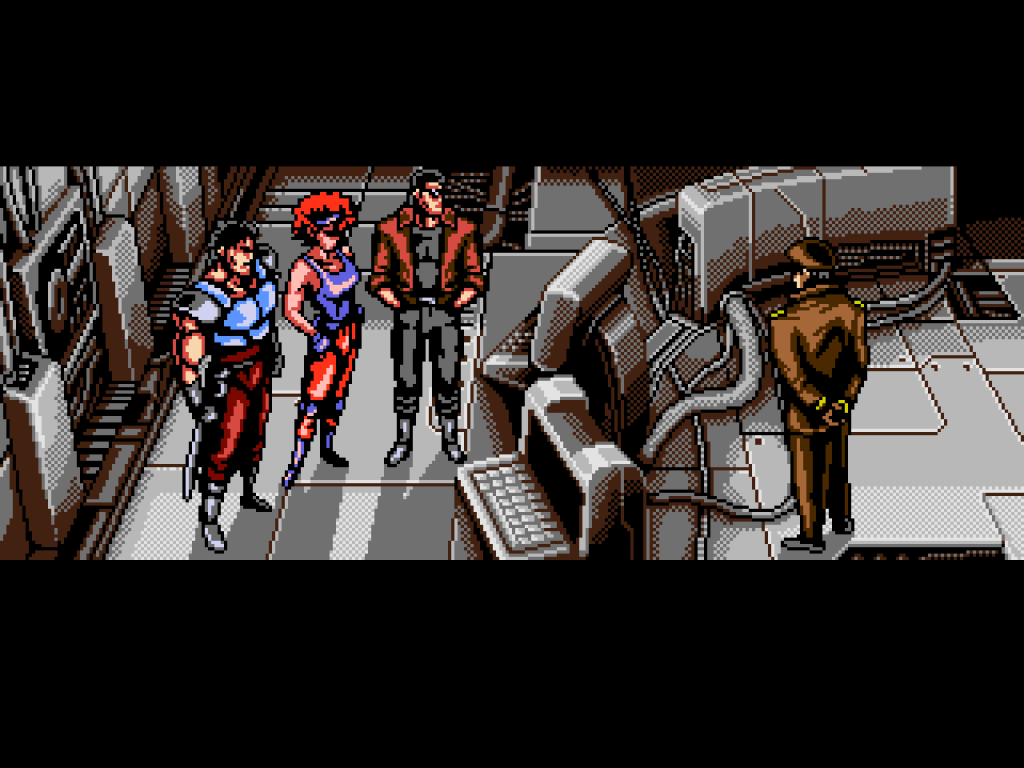
We game devs don’t make movies in the same way the first movie directors didn’t make plays. We make games. Games abide to a completely different set of rules, rules which we are yet discovering but already know some. First of all, we want to make the player to do stuff, feeling must be a result of their actions, player must not be a mere spectator of what is happening in the screen. This is the leitmotif of this media, our media.
That’s doesn’t mean story, graphics, innovation, etc aren’t important to us. Putting gameplay on the first priority slot actually means that, though we can spent as much time is needed on those elements of the game, none of them can, in any way, undermine gameplay. Every time we come to a standoff between adding something that may be get into the way of the perfect gameplay experience this something is a no-brainer cut.
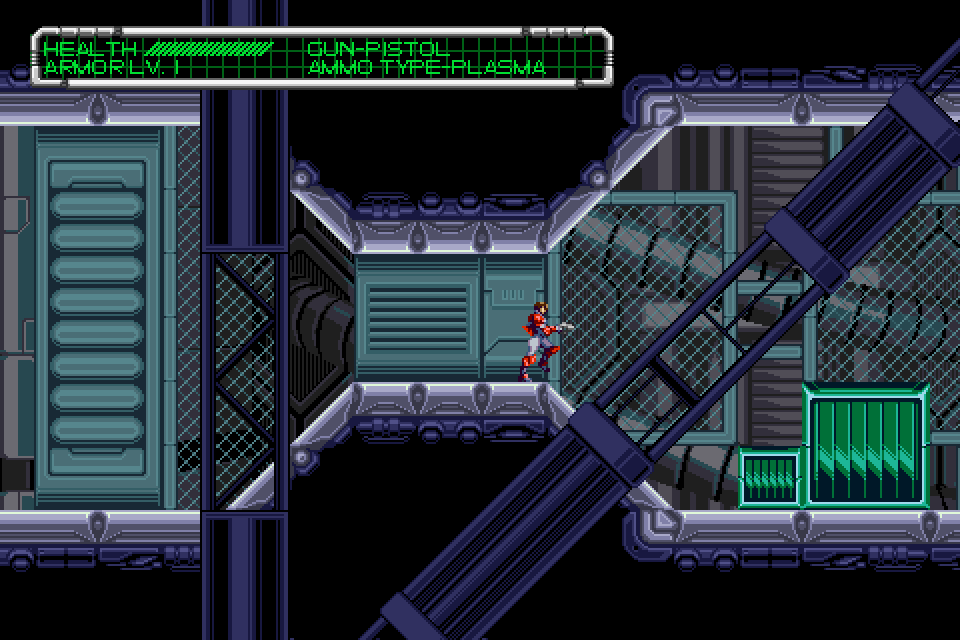
Big ass boss? Sure thing, as long as it plays fine. New gameplay mechanics? No problem, since it feels tight. Dense story? Hell yes, as long as it doesn’t slow the game pace. If you played Oniken you will see that is true, most of the times.
The level design not only a gameplay thing but also an amazing tool for presenting the plot progression, mood and even changes. The design of the structures, the time of environment, the choice of type os enemies, their position and behaviour creates the atmosphere that is going to tell the story of the player’s journey int the game. Since games are interactive, it isn’t the protagonist sole story anymore, the player is a great deal of it actually.
Even the level of difficulty in a certain part of the stage can be used as way to communicate how the protagonist is feeling by making the player feel in the same way. For instance, if the protagonist is distressed, this part should be more difficult of complicated. If the protagonist is in control and comfortable player must have no problem going through this part of the game and it must even feel it is a bit easy. Castlevania: Symphony of the Night does that beautifully by allowing players to start as Alucard fully armoured (comfortable and powerful) and then striping him of all those luxuries (distressed and even subjugated). All this could just been said in words, but then were is the magic?
The most powerful thing about the language of games is to make the player feel by doing and not by watching or reading.
All Oniken stages are pure 8-bit frenetic action and everything on it, from art to enemies and level design, was thought to add up to this stance. In Oniken, we also used contextual storytelling, which means telling the story through other elements of the game such as gameplay.
Oniken creates sensations mainly with a fast gameplay, with fast enemies. Player plays with Zaku, a ninja fighting laser shooting robots with a sword. Obviously he is in a big disadvantage and thus the gameplay is hard due to that. But Zaku is hardcore, he is actually as hardcore as the player, so he has also a Berserk ability that makes him almost invincible for a few seconds. Have I mentioned he is unstoppable according to the trailers? So there you have it, a bad ass character implied by gameplay, not a single word used. Levels also tell his journey and many levels start somewhere to end somewhere else. This transition is slow and generally visible both by enemies variation and area variation. For instance, Stage 5 starts as a standard well guarded factory that he first must break into the robotic defence. As he progresses, though, environment becomes more and more organic and so does the enemies, implying the biological experiments conducted in that place as well.

Between levels, Oniken had amazing cutscenes telling the story between stages, setting the atmosphere for the game and developing characters. We loved the cutscenes and so do the players; most Let’s Play videos have players laughing and getting into the mood of cheesy 80’s action movies. However, in those same videos we noticed that our much loved cutscenes telling Zaku’s journey and wrapping the gameplay with meaning were also slowing down Oniken’s pace. And Oniken is not about slowing down in any way, Oniken is about frantic and senseless action, 24/7. That made us wonder: do telling a story with words always messes with the game pace?
That’s how telling the story of Haggis became such a challenging feat.
Odallus is a circular story, a story that repeats itself but each repetition containing new layers. Avoiding the spoilers, this is the story of a constant struggle between the old and the new, the new becoming old and also being substituted and forgotten. Nothing is forever but the present is always an extension of the past since it was formed into it. Frank Hebert’s Dune series was a big influence on this.
The choice of names was no accident. Odallus comes from Odal, an Elder Futhark rune that means “heritage”. During the game, player can see many Odals patterns on walls of sacred places, but you will also notice we used them upside down. That’s was a personal choice our artist Danilo did since the Odal was used by the National Socialist German Workers’ Party as a symbol of tradition during the Nazi rule. We didn’t wanted that stigma neither that meaning.
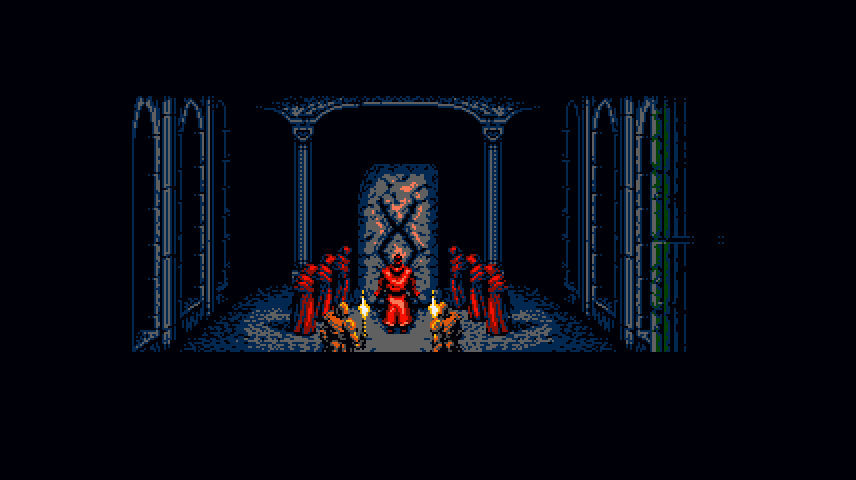
Another big theme in Odallus is the desire for power and how it can blind humans, but it is still a big part that what makes us human. The whole disappearance of Haggis’ son which is how the game starts is lead by that. And basically, everything else that happens, until the end.
The last big theme is the discover of the asymmetry between the image one has of oneself and how the world sees this person. This is mostly presented on the character of Haggis but is also a bit in everybody else. The contrast between perceptions is overlapped with the one of circularity and lust for power, creating a loop of miss interpretations, false representations and irrationality.
Building upon the themes we decided to make Haggis’s people beliefs as brutal and over simplistic as possible. We were inspired by Manichaeism and Sumerian deites and other Bronze age religions. We created a creed based that the world is made essentially of three things and three things only: Fear, Courage and Rage. This belief is maintained by Fear of punishment by the Old God (their deities) and Rage and Courage are tools to please them, specially through sacrifices.
After the game is released I intend to go further on the meaning of the circularity and how each character takes part on it on a fully spoilered article, for now let’s focus on how this conflict is present in the game.
Even with all these liberties, we still wanted to avoid interfering with the gameplay as much as we could so we decided to let texts be our last resort for manifesting meaning. This is how we did it.
Odallus does have a slower pace than Oniken. Could this mean intrusions on the gameplay, such as the frequent cutscenes, could not represent such an obstacle to the pace? Maybe, but still, player could explore the game in quite different orders, making some cutscenes too close or too far from each other. But still Oniken story is quite simpler and direct, a standard post-apocalyptic hero’s journey, while Odallus has a bit more to it than that. This means more content, more lore, more secrets (a big pile of them), so how to tell them?
This land has seen many deaths and sure many deities. We could just make a bunch of cutscenes explaining a bit of that in the intro of each level but let’s talk straight here: not all players care about story. Actually, a big portion of them don’t care at all, they just want to slay some monsters. And that’s totally ok. But placing long and explanatory cutscene in the beginning would force those players to go through it every time they enter a stage, making something that should be rewarding a pain in the arse.
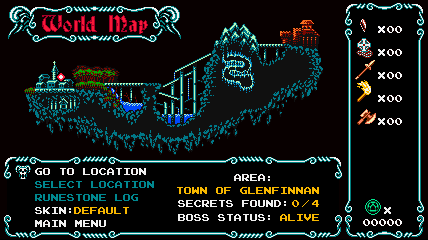
The game has eight stages, four “A” stages and four “B” stages. All A stages are unlocked merely by beating the previous A stage. For instance, beating stage 1A will grant the player access to stage 2A. B stages are a bit more tricky. To access a B stage, player must find a secret passage in the A stage of the same number. Getting to stage 1B must be done by finding the secret passage within stage 1A.
All B stages were or are soon-to-be to be temples, all A stages are the “surface” levels of these temples. Most A stages are places “knew” to Haggis’s people and himself, most B stages are locations from other times from which his people only know legends. You can actually see when, in the B stage, the temple begins and this generally is made in a way that it has a spoiler of the ending of this level. As so, A stages are generally more “normal” in art (town attacked, spooky forest, old civilizations ruins, icy mountains) while B stages are generally something more absurd (fungus and lava ruins with ghosts just to name one of them).
Enemies are also a not only a design choice, they can also be a narrative one. I will not talk much about each level in particular because, you know, spoilers, so I will just make an exemple of level 1A, Haggis’ town of Glenfinnan. If you pay attention, all enemies in this stage are human beings. They may look weird, they may be walking through the walls, but still human. The only enemy that’s doesn’t look human is Chief, which actually turns in front of Haggis. Thus his surprise when that happens.
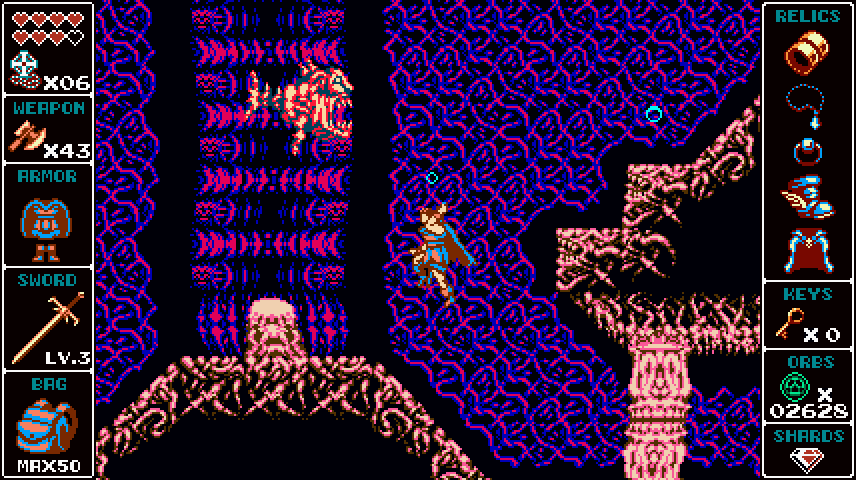
Now is the time to use text. Now is the time to interrupt gameplay. But even though, you must do it very carefully. I personally like to think this process is like performing a brain surgery, a minor slip and everything can become an awful wreck. In Odallus, we have three sorts of texts: cutscenes, dialogs and runestones. Cutscenes exist only in the beginning and ending of the game, so they work as the call for action and final resolution, being a rewards in themselves.
But how about all that story from the world? We created world story excerpts and made them really short and sweet, and instead of being obligatory they are hidden in the levels. We started with pages of world text that were collapsed in eight small paragraphs that must be found in order to be readable. Runestones are the keepers of these texts and they are always hidden in some fake wall or distant cave.In this way, finding a runestone and being able to read the texts it bares is a reward in itself. Even if the player don’t want to know more about the story because of the challenge collecting the eight secret location of the runestones feels like a treasure hunt.
While the runestones told the tales of the past, the salesman is the channel to tell the beliefs of the present. Although he is a great part of telling the story, we also didn’t want him to force unto the player who are not there to understand this world. So, all salesman dialogs are triggered by an option inside the store. Each stage has the same salesman but in each level he has different set of lines, sometimes talking about what his people understand of the past, sometimes discussing his views of the present, other times giving tips of that particular stage.
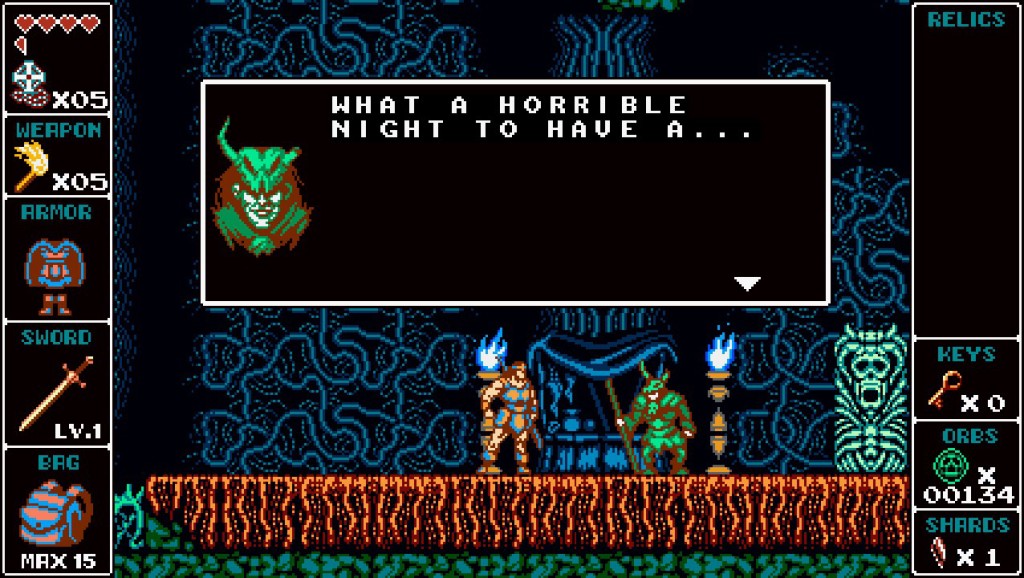
Scaling down text was not only used on runestones and salesman dialogs though. Most dialogs present form is less than half of what they originally was supposed to be. We stripped down words to their bare meaning, we tried to make each line mean everything that it could. We also added some “acting” to the sprites. In many boss dialogs, Haggis draws his swords or do other small actions that could have been told but instead were shown. We really only made characters talk when there was no other way of expressing that meaning.
The small and few dialogs also helped in another point of the main game. One of the themes is discovering the difference between perceived self and actual self and that’s not the kind of discovery people can help with. As so, Haggis has no comrades in his quest and, besides the salesman, he only exchanges words with his foes. This is a lonely journey of understanding one’s place among peers.
Odallus is supposed to take place during several days. Still, in all outside levels the sky is always dark and the moon is always up. That is something related to the gods as well which is explained in one of the runestone texts.
In the Lore of the old gods (gather through the runestones) there are several mentions to sacrifices and how they were the only currency accepted by the gods. This is also the game currency in the form of soul orbs and the main way to get it is through slaying your fouls. Even the vendor seems eager to take them. Bosses don’t drop soul orbs that something about that is mentioned when you kill your first boss.
Statues in the game never are meaningless. If you see a statue, remember its shape, you probably will see it again. In another form.
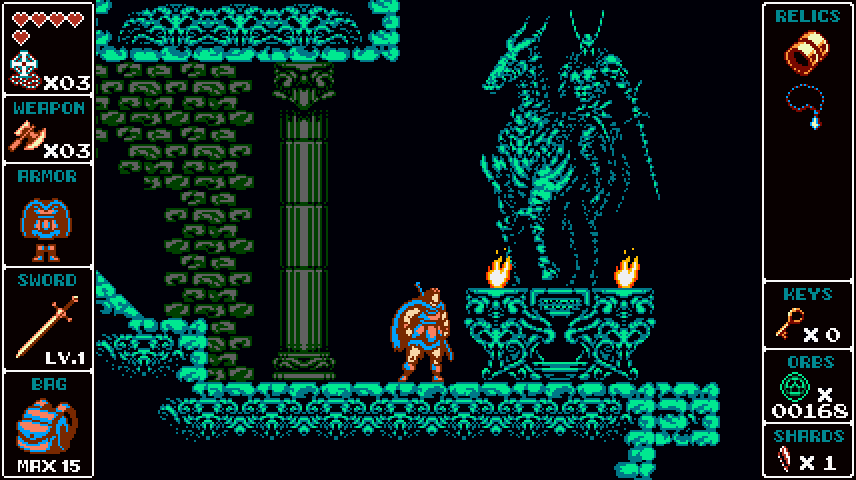
Games are a completely different sort of media, an interactive media, as so building games but take that in consideration. We explored the gameplay approach applied to gamedesign and how contextual storytelling is a more compelling solution to the game language. Also, not all players do want to understand the more profound meaning of the game or even care about the characters on it. Making their experiences as entertaining as the experience of the players who care should be a goal.
Sometimes, you have to rely on text. And actually, in some types of games texts are even part of the pace itself, specially on interactive novels. However, in almost all other genres we believe developers should consider all options before just adding texts, dialogs, cutscenes and so on. Contextual storytelling is generally a more time expensive solution since devs have to think how to imply meaning, test it with players, iterate and test it again, but still results in a much seamless experience to players.
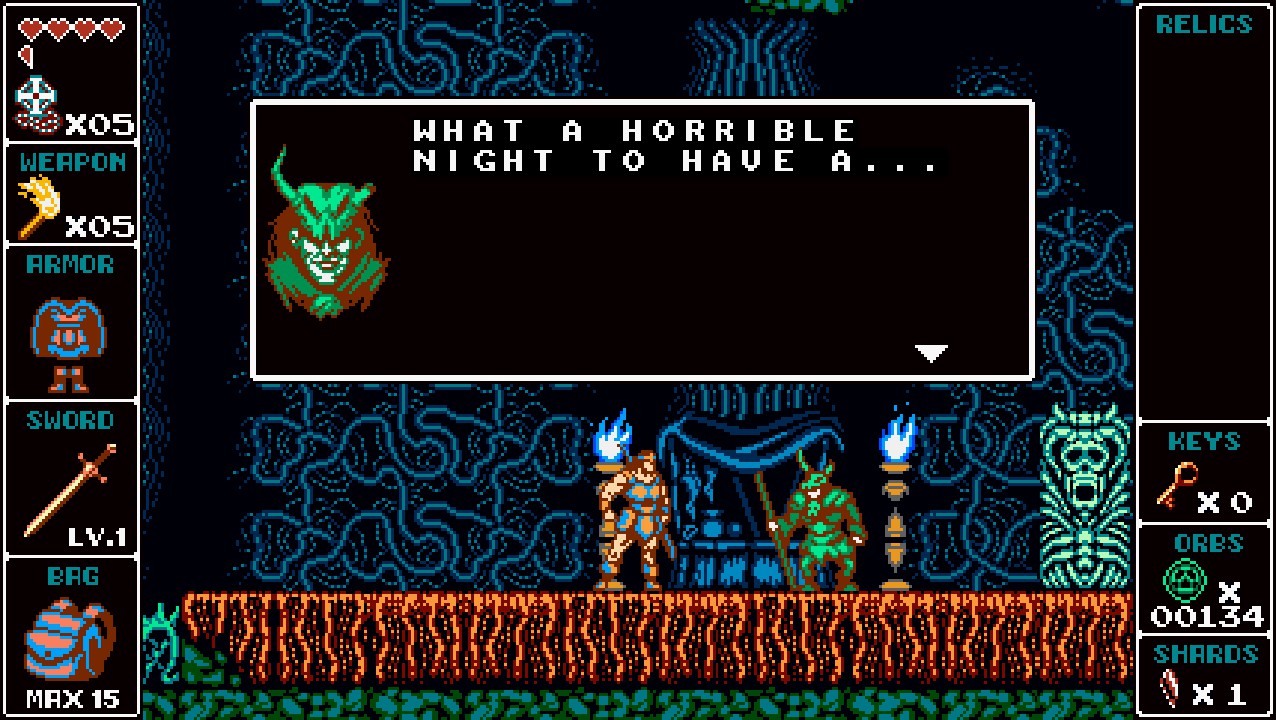
Read more about:
Featured BlogsYou May Also Like